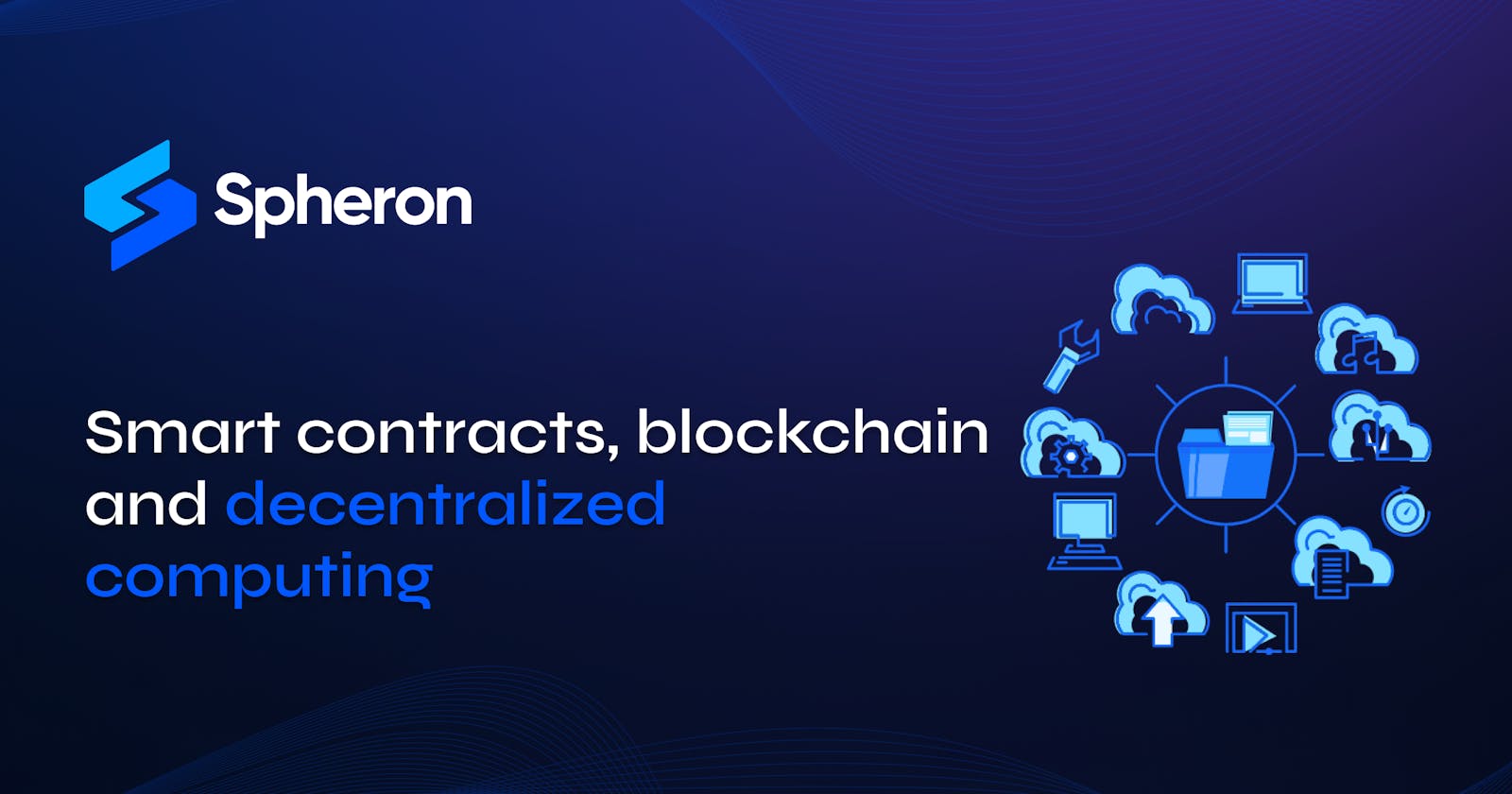Table of contents
Decentralized systems are being used more often in today's technology world, as companies want to create their own apps to solve business problems. Many of these apps use "smart contracts," which are like sets of rules that run on a special kind of computer system called a blockchain. This system is not controlled by any one person or group, but instead is managed by many computers working together. This allows for secure and transparent transactions, making it useful for things like banking, farming, real estate, and manufacturing.
In this article, we will explain what decentralization means, how it works, and how it can be used to control apps that use smart contracts and blockchains.
Centralization vs. Decentralization: Understanding the Difference
Centralization: A Network with a Central Authority
In a centralized network, a central authority controls what data can be stored on the network and who can access it. Think of a bank that keeps all its applications and data on a private network. Customers need a username and password to access their information, and the bank restricts access to certain data and applications based on permissions. Only authorized individuals can view specific data, and the general public may only have access to limited information.
Decentralization: A Peer-to-Peer Network
A decentralized network doesn't have a central authority controlling data or access. Instead, every node (computer) on the network has a copy of all the data and applications, and they share authority according to predefined algorithms. Imagine a network of computers where everyone can use any computer and have the same computing experience. If someone creates a new document and saves it, it's sent to all other computers on the network. Each computer checks if it already has the document, and if not, it adds it to its own collection and shares it with the rest of the network.
Decentralization: The Key to Blockchain and Smart Contracts
Decentralization is what makes blockchain and smart contracts do their thing.
So, imagine a big chain made up of blocks, like building blocks but with data inside. These blocks are connected one after another. Each block contains info about what's in it and what came before it. This keeps everything in line and trustworthy.
When a new block is added, it's like adding another piece to the chain. But here's the cool part: every computer in the network gets a copy of this new block. So, even if one computer goes down, others still have the same info. This sharing among computers is what we call decentralization.
Think of it like sending out a text message to a bunch of friends. Even if one friend's phone dies, the others still have the message. This decentralized setup is what makes blockchain work smoothly. It keeps everything secure and reliable, even if some parts of the network have issues.
Decentralization and Cryptocurrencies
Cryptocurrency, like Bitcoin, is a digital currency that's not controlled by any single person or organization. It's decentralized, meaning that many computers work together to keep track of transactions and make sure everything runs smoothly. This system is different from traditional banks, where a central authority controls the money supply.
Using tools like Blockchain Explorer, anyone can see how cryptocurrency moves between different accounts on the network. In contrast, traditional banks don't offer this level of transparency.
The way that cryptocurrency works makes it hard for bad actors to fake or steal money. Many computers on the network have to agree before a transaction can be verified, making it difficult for someone to cheat the system.
Even though there have been some problems in the past, like the collapse of the FTX exchange and changes in the value of popular cryptocurrencies, experts believe that cryptocurrency will continue to exist and grow. Its success shows that decentralization can work effectively.
How do decentralized networks address security?
Decentralized networks have a different way of handling security compared to traditional systems. In centralized systems, there's a single authority in charge of security, but in decentralized systems, security is spread out among many nodes. This can make it harder to ensure security, especially when it comes to identifying users.
In decentralized networks, each user has a unique identifier, like a long string of letters and numbers. This identifier is linked to a "wallet" that stores information about the user, like their name and contact details. But unlike traditional systems, this information isn't stored on a central server - it's kept locally on the user's device.
There are times when a user needs to prove who they are, without revealing all their personal information. That's where decentralized identity models come in. These models let users manage their own identity information and choose what they share with others. It's like having a safe deposit box for your ID, where you can keep your sensitive info secure and only show what you need to when you need to.
Decentralized identity models are still being developed, but the idea is that users should have control over their own privacy and security.
The Evolution of the Internet and the Rise of Web3
In the early days of the internet, many people saw it as nothing more than a tool for sending emails and looking at funny cat pictures. However, over time, the internet has become an integral part of our daily lives, revolutionizing the way we communicate, work, and conduct business.
Similarly, decentralized networking and blockchain technology, commonly referred to as Web3, have the potential to transform the way we interact with each other and conduct business. As more companies start to utilize smart contracts and accept cryptocurrencies, they will likely discover innovative ways to harness these technologies, leading to a new era of growth and development.

